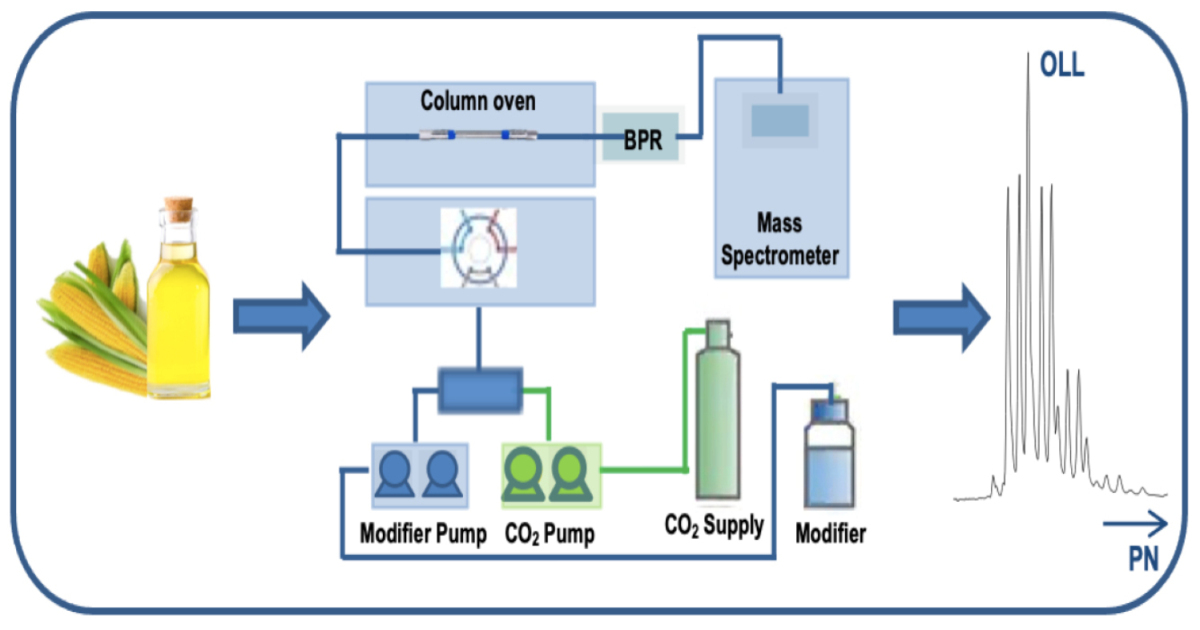Advances in the Separation Analysis of Food Constituents, Residues, and Contaminants
A special issue of Separations (ISSN 2297-8739). This special issue belongs to the section "Analysis of Food and Beverages".
Deadline for manuscript submissions: closed (30 January 2023) | Viewed by 14325

Special Issue Editors
Interests: analytical chemistry; separation science; food analysis; mass spectrometry; GC; fast-GC; LC-GC; multidimensional separation techniques; isotope ratio mass spectrometry; preparative chromatography
Special Issues, Collections and Topics in MDPI journals
Interests: liquid chromatography; supercritical fluid chromatography; multidimensional separation techniques; mass spectrometry
Special Issue Information
Dear colleagues,
The increasing globalization of food trade and demand for food resources are posing new challenges to scientists working in the field of food and food-related products. While world’s population growth and dynamics are driving the structural change of economies, the regulatory frameworks are pushed towards the harmonization of food standards and food safety measures. International trade and exchanges have in fact increased food availability worldwide, and this requires accurate analytical methods for food characterization in terms of component profiling, as well as to guarantee food safety, genuineness and traceability.
Thus, the task of food analysis and food control is wide ranging and multi-faceted, encompassing the qualitative and quantitative composition assessment, but also consumer protection and evaluation of conformity to food legislation.
Consumer concerns and government regulations focused on food safety dictate the need for selective and sensitive screening methods to provide reliable quantitative data on several food hazards, including chemical materials, environmental toxins, pesticides, micotoxins, and allergens.
Food authenticity and traceability have also become important subjects in a holistic approach to food testing, and to this concern robust analytical techniques are deemed as essential to trace the origins of food in the global supply chain, establish food authenticity, and combat fraudulent practices. In this complex scenario, sampling and sample preparation may also be a significant challenge due to the low levels of the chemicals and the complex food matrices.
Separation scientists are warmly invited to contribute to this Special Issue of Separations journal devoted to “Advances in the analysis of food constituents, residues, and contaminants”. Your inputs will provide future directions for the research or guidelines for standard tests and benchmarks that can help regulatory agencies. Both original research as well as critical review papers are welcome.
Thank you for your kind consideration.
Prof. Danilo Sciarrone
Prof. Paola Donato
Guest Editors
Manuscript Submission Information
Manuscripts should be submitted online at www.mdpi.com by registering and logging in to this website. Once you are registered, click here to go to the submission form. Manuscripts can be submitted until the deadline. All submissions that pass pre-check are peer-reviewed. Accepted papers will be published continuously in the journal (as soon as accepted) and will be listed together on the special issue website. Research articles, review articles as well as short communications are invited. For planned papers, a title and short abstract (about 100 words) can be sent to the Editorial Office for announcement on this website.
Submitted manuscripts should not have been published previously, nor be under consideration for publication elsewhere (except conference proceedings papers). All manuscripts are thoroughly refereed through a single-blind peer-review process. A guide for authors and other relevant information for submission of manuscripts is available on the Instructions for Authors page. Separations is an international peer-reviewed open access monthly journal published by MDPI.
Please visit the Instructions for Authors page before submitting a manuscript. The Article Processing Charge (APC) for publication in this open access journal is 2600 CHF (Swiss Francs). Submitted papers should be well formatted and use good English. Authors may use MDPI's English editing service prior to publication or during author revisions.
Keywords
- chromatography
- contaminants
- foodomics
- genuineness
- mass spectrometry
- multidimensional separation
- sample preparation
- traceability
Benefits of Publishing in a Special Issue
- Ease of navigation: Grouping papers by topic helps scholars navigate broad scope journals more efficiently.
- Greater discoverability: Special Issues support the reach and impact of scientific research. Articles in Special Issues are more discoverable and cited more frequently.
- Expansion of research network: Special Issues facilitate connections among authors, fostering scientific collaborations.
- External promotion: Articles in Special Issues are often promoted through the journal's social media, increasing their visibility.
- e-Book format: Special Issues with more than 10 articles can be published as dedicated e-books, ensuring wide and rapid dissemination.
Further information on MDPI's Special Issue polices can be found here.






